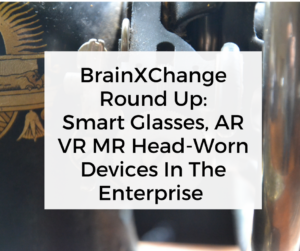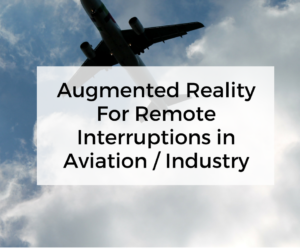Mercedes-Benz using AR for Auto Manual

Taken from an article that appeared on Mobile AR. The same approach to augmented reality that some companies use to improve workforce productivity could also make it easier for car owners to operate and maintain their vehicles.
Mercedes-Benz is driving down that new path by releasing an augmented reality owner’s manual called Ask Mercedes for iPhones and iPads.
The app uses image recognition to align the user’s device with the interior of a 2018 E-Class Mercedes-Benz and AR beacons to identify various features. The app then provides additional information about selected features, including video tutorials.
“We are creating a personalized customer experience that goes well beyond the vehicle,” said Britta Seeger, a Daimler AG/Mercedes-Benz marketing executive. “With innovative services such as ‘Ask Mercedes,’ we are further expanding our digital ecosystem.”
While the app is currently only available for iOS in the US, a company spokesperson revealed that an Android version will follow early next year. The app is also scheduled to launch in Malaysia before the end of 2017, and in India and Hong Kong by early 2018, with a version in German expected to follow soon thereafter.
Genesis at Hyundai, also released a virtual guide earlier this year. There are many ways in which AR is being used in the automotive industry. Why not take a look at The AREA case studies for further examples?








